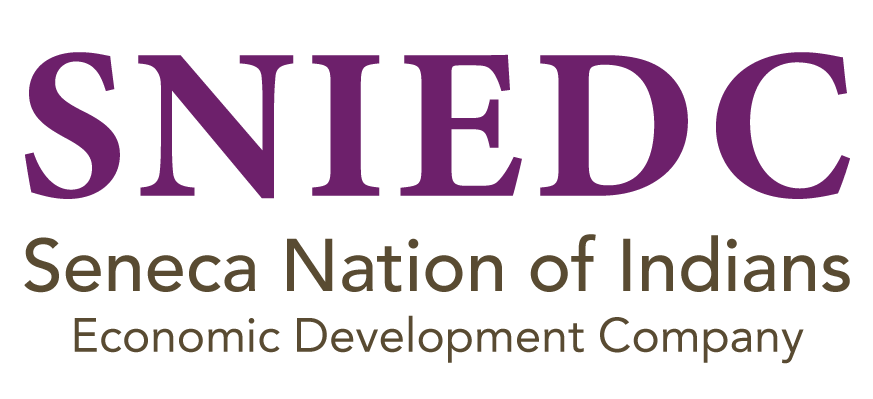Interest Rates could continue to rise – now is the time to lock in a lower rate
The Current Fed Prime Rate is: 5.5% (the last rate change — an increase of 25 basis points or 0.25 percentage point, occurred on December 20, 2018)
The US Prime Rate is a commonly used, short-term interest rate in the banking system of the United States. All types of American lending institutions (traditional banks, credit unions, loan funds, etc.) use the U.S. Prime Rate as an index or foundation rate for pricing various loan products. The US Prime Rate is consistent between financial institutions because banks want to offer businesses and consumers loan products that are both profitable and competitive. A consistent US Prime Rate also makes it easier and more efficient for individuals and businesses to compare similar loan products offered by competing banks.
SNIEDC basis its business loan interest rates on the Wall Street Journal (WSJ) Prime Rate, which surveys large banks and publishes the consensus US Prime Rate. The WSJ surveys the largest banks in the US, and when three-quarters of those banks change, the WSJ updates its rate, effective on the day it publishes the new rate. Each day, the WSJ publishes the most widely quoted measure of the US Prime Rate.
Providers of consumer and commercial loan products often use the US Prime Rate as their base lending rate, and then add a margin (profit) based primarily on the amount of risk associated with a loan. SNIEDC follows this same model by utilizing a risk-based calculation to determine an applicant’s interest rate. For example, on Business Loans, SNIEDC uses an applicant’s Credit Score, Debt-to-Income ratio, and Loan-to-Value ratio to calculate the interest rate as a spread above the WSJ prime rate.
While the prime rate held at a low of 3.25% from December 2008 through December 2015, this rate was at 9.5% as recently as the early 2000s. In December 1980, it reached a record high of 21.50%. The rate can remain the same for years, but it can also change as often as every six weeks, because that’s how often the Federal Reserve’s Federal Open Market Committee (FOMC) meets and decides how it wants to influence the fed funds rate on which the WSJ prime rate is based.
The Prime Rate is projected to rise again in 2017. According to the WSJ, when the FOMC met in December 2016 the “Federal Reserve showed increasing optimism about the U.S. economy and signaled interest rates would rise at a faster pace than previously projected, as it unanimously approved its second rate increase in a decade…The brightening economic outlook also prompted a shift in rate forecasts, with Fed officials now expecting to raise rates next year by another 0.75 percentage point, likely in three quarter-point moves.” When you are approved for a loan with SNIEDC, the interest rate will be calculated based on the WSJ Prime Rate at that time and will be fixed for the term of the loan. Apply for a business loan soon to help protect you from rising interest rates.
Sources: www.bankrate.com; www.fedprimerate.com; www.investopedia.com; www.wsj.com
